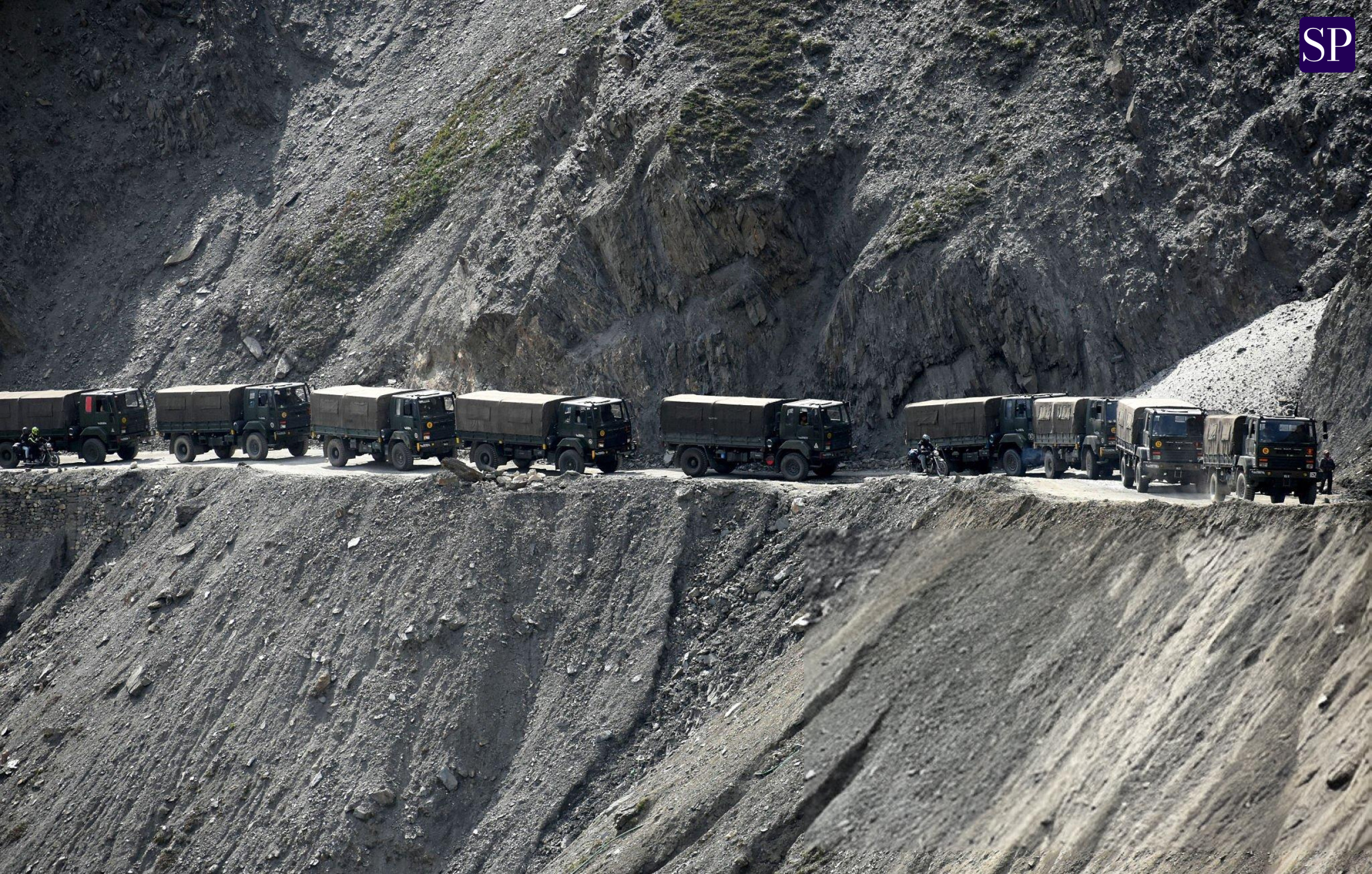As tensions escalate along the Line of Control (LoC) with increased incidents of cross-border firing, sniper attacks, and improvised explosive device (IED) blasts, India and Pakistan are engaging in a flag meeting at Chakan-da-Bagh in Poonch district. The meeting, led by a brigadier-level Indian delegation, is taking place at the Poonch-Rawalkote meeting point to address the recent surge in hostilities.
A defense source confirmed that the Indian side is expected to convey a firm message to Pakistan, urging it to cease provocative actions, including sniper fire, IED attacks, and infiltration attempts. “India seeks peace along the LoC, but any continued provocations will be met with strong retaliation,” the source added.
Recent Spike in Hostilities
Tensions have been mounting after the February 11 IED attack in Akhnoor sector, which claimed the lives of Captain Karamjit Singh Bakshi and Naik Mukesh Singh Manhas. The People’s Anti-Fascist Front (PAFF), a Jaish-e-Mohammad offshoot, claimed responsibility for the deadly attack via a video released on social media.
Additionally, two soldiers were injured in cross-border firing in Rajouri and Poonch districts, while another sustained wounds in a landmine explosion last week.
India’s retaliatory strikes have reportedly inflicted heavy casualties on the Pakistani side. The situation remains volatile despite the February 2021 ceasefire agreement, which had largely held until this recent escalation.
Security Measures and High-Level Meetings
In response to the February 11 attack, Lieutenant Governor Manoj Sinha has issued directives to security forces for intensified counter-terror operations. On February 12 and 13, he chaired two high-level security review meetings in Srinagar and Jammu, discussing strategies to neutralize terror threats. Notably, former Chief Minister Omar Abdullah was not invited to these discussions. On February 13, following ceasefire violations in the Bhimber Gali sector, India launched a strong retaliatory strike in Krishna Ghati, reportedly inflicting significant losses on the Pakistan Army.
Meanwhile, Lieutenant General Navin Sachdeva, General Officer Commanding (GOC) of the White Knight Corps, conducted an operational review on February 10 to assess hostile activities along the LoC in Rajouri district. Intelligence reports suggest Pakistan is attempting to destabilize the region by intensifying cross-border firing, sniper operations, and IED attacks to target Indian soldiers.
With rising hostilities and a deteriorating security situation along the LoC, the ongoing flag meeting in Poonch is a critical diplomatic effort to de-escalate tensions. However, given the pattern of provocations and retaliations, it remains uncertain whether the ceasefire will hold or if further military engagements are inevitable.
India has reiterated its commitment to peace but maintains a firm stance against any aggression, with security forces prepared for swift retaliatory action should violations persist. The outcome of the meeting will likely determine the next course of action along the Jammu and Kashmir LoC sector in the coming weeks.
